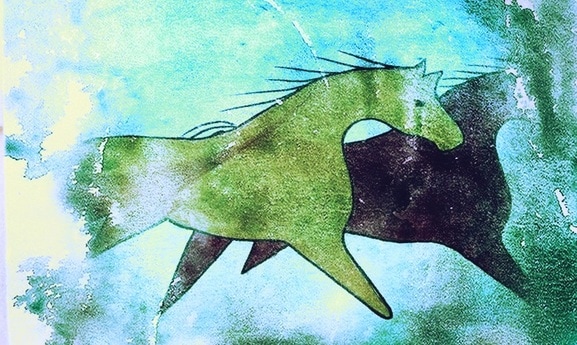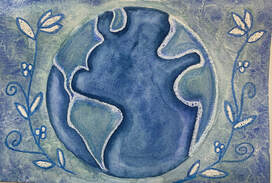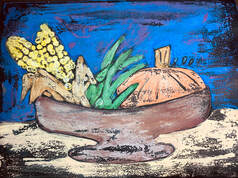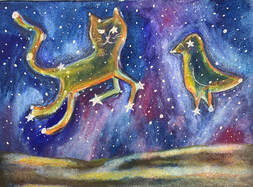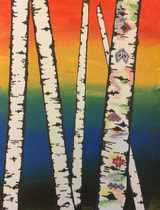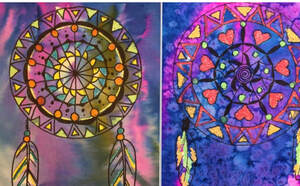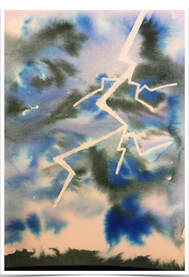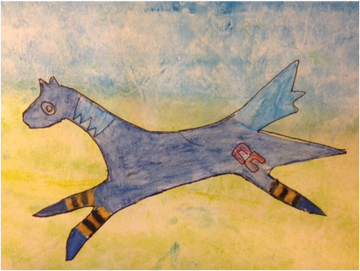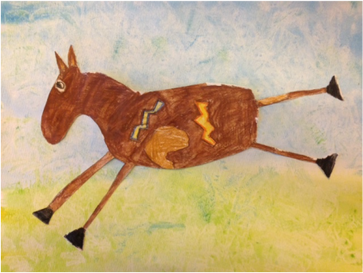Native American Painting Lesson Plans
Below you will find a variety of ideas to incorporate drawing and painting! Most of these lessons are inspired by Native American authored books with Native American illustrators. Often exploring the story and its illustrations creates opportunities to make person connections with the book!
Some lessons also make connections to well known artists such as Cezanne.
The mediums are found in most classrooms and can modified to meet your needs!
My complete TPT lessons can be accessed via the link below.
Some lessons also make connections to well known artists such as Cezanne.
The mediums are found in most classrooms and can modified to meet your needs!
My complete TPT lessons can be accessed via the link below.
Scroll down to find a variety of multicultural tribal specific painting lesson ideas. Each lesson incorporates Native American Culture by tribe and region, elements and principles of art, cross-curricular suggestions and materials. (more to come)
Click on image below or HERE to access my TPT account for additional lessons, rubrics and resources.
Click on image below or HERE to access my TPT account for additional lessons, rubrics and resources.
|
Native American Art "Gift Pony Painting" Lesson Plan
Tribe: Lakota Region: Plains Cross curricular connections: Language Arts Grade(s): 4-6 Elements/Principles of art: Shape, Color, Contrast, Pattern Materials Needed: Book: GIFT Horse, a Lakota Story by S.D. Nelson Web Site: http://www.sdnelson.net/gallery.htm Watercolor Pencils and Paints Brushes Paper towels Tempera or Gouache paints |
Native American Art: "Buffalo Hide Painting" Lesson Plan
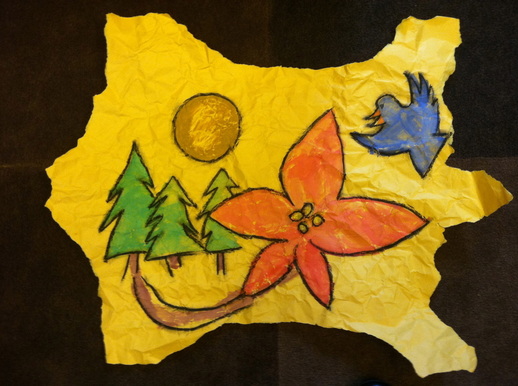
Title/Technique: Buffalo Hide Paintings: Story Telling
This lesson uses the Smithsonian Web site for an introduction to Hide Painting. After learning about the importance and meaning of the Buffalo Hide painting, students will tell their own story on a simulated hide.
Tribe (s): Mandan, Hidatsa, Arikara
Region: Plains
Cross curricular connections: Lang Arts, US History
Grade(s): 4-8
Elements/Principles of art: Shape, Symbolism, Radial Symmetry
Materials:
brown paper bags or craft paper
pencils and erasers
crayons
Learn about Buffalo Hide Paintings here: http://americanhistory.si.edu/buffalo/artist.html
Description:
This lesson uses the Smithsonian Web site for an introduction to Hide Painting. After learning about the importance and meaning of the Buffalo Hide painting, students will tell their own story on a simulated hide.
Tribe (s): Mandan, Hidatsa, Arikara
Region: Plains
Cross curricular connections: Lang Arts, US History
Grade(s): 4-8
Elements/Principles of art: Shape, Symbolism, Radial Symmetry
Materials:
brown paper bags or craft paper
pencils and erasers
crayons
Learn about Buffalo Hide Paintings here: http://americanhistory.si.edu/buffalo/artist.html
Description:
- Explore Web site listed above.
- Brainstorm; What story would you chose to paint?
- What symbols could you use?
- Create your story in pictures and symbols.
- Do you think other’s can "read" your story? Share with a classmate and refine as needed.
- Prepare your hide;
- Cut 18 x 18 brown paper, measurements need not be exact.
- Fold in half and tear shape of 1/2 of the hide!. Think of the fold as the backbone, tear a tail, legs and a neck. These should be “bumps”....not really a long leg shapes.
- Crumple paper, open, flatten.... repeat! Keep crumpling until the paper resembles a rough texture.
- Lightly sketch your design, using a radial symmetry, on the hide.
- Use tempera or acrylic to add color.
Native American Art: "Nieto Clan Painting" Lesson Plan
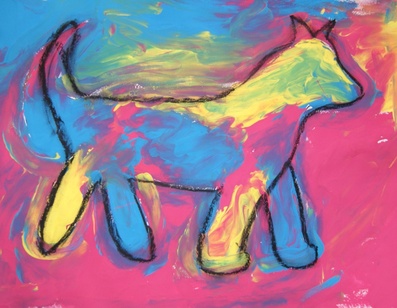
Wolf Clan Painting using Primary colors
Title/Technique: John Nieto Style Paintings, Contemporary Art
Tribe (s): Apache Region: South West
Cross curricular connections: Art, Social studies/structures
Grade(s): 4-5
Elements/Principles of art: Bold Color, Shape, Harmony
Materials Needed:
Tribe (s): Apache Region: South West
Cross curricular connections: Art, Social studies/structures
Grade(s): 4-5
Elements/Principles of art: Bold Color, Shape, Harmony
Materials Needed:
- 12 x 18 painting papers
- Brushes and water containers or oil pastels
- Cups of primary colors (if using paints)
- Sharpie markers
- Web site for Nieto images: http://nietofineart.com/artists/john-nieto/
Purchase Picture Books Here
As an Amazon Associate I earn from qualifying purchases.
Copyright Restrictions and the NativeAmericanActivities Web Site:
Be aware that all text and images on the Native American Activities website are Copyright Protected.
You must obtain written permission to reproduce or transmit any NativeAmericanActivities materials.
Teachers may print-out text and images without restriction for use in a non-internet classroom setting. the following statement should be included on each copy:
Copyright © 2023 Native American Projects & Lessons Plans. Internet URL: http://www.nativeamericanactivities.com
Be aware that all text and images on the Native American Activities website are Copyright Protected.
You must obtain written permission to reproduce or transmit any NativeAmericanActivities materials.
Teachers may print-out text and images without restriction for use in a non-internet classroom setting. the following statement should be included on each copy:
Copyright © 2023 Native American Projects & Lessons Plans. Internet URL: http://www.nativeamericanactivities.com
